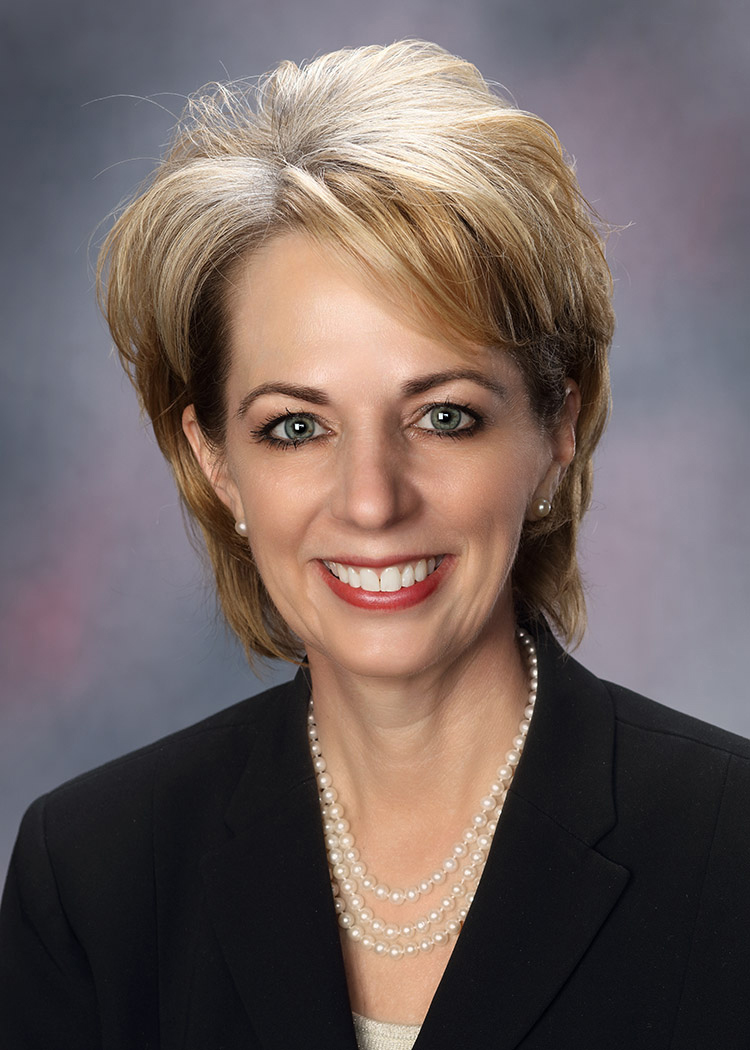At Fort Hays State University, our commitment to student success is not just a goal but a fundamental part of our identity. It is ingrained in our DNA and is a central focus of Goal Two: Student Success in our strategic plan. This goal is about creating opportunities for all students and empowering them to identify, evaluate, and achieve their goals as they become engaged global citizens. This commitment is a testament to our value for every student.
While we enthusiastically embraced delivering on this goal and relentlessly focused on nurturing our students to success, we had no idea that a global pandemic would change the nature of education and support.
Under the leadership of Dr. Andrew Feldstein, Assistant Provost of Teaching Innovation and Learning Technologies, and Dr. Taylor Kriley, FHSU’s former Assistant Vice President for Student Affairs, the Goal Two team demonstrated remarkable vision, adaptability, and commitment while overcoming previously unforeseen challenges. FHSU’s experience and unmatched strength in delivering high-quality online learning experiences proved essential in the innovations the Goal Two team delivered, including the creation of faculty and staff-led student care teams and new forms of outreach that kept our students enrolled, engaged, and learning throughout the pandemic and beyond.
The pandemic highlighted the disparities between on-campus and online student experiences, the need for data-driven decision-making, and a heightened focus on student engagement in virtual settings. The importance of support services and consistent course design took center stage, prompting a shift in focus towards identifying disparities, enhancing connections, and fortifying learning outcomes.
Another focal point was a review of our academic advising system. This thorough review and the subsequent adoption of a centralized advising model not only streamlined academic guidance but also paved the way for a new faculty mentoring plan, a beacon of support and mentorship for students inaugurated in the fall of 2024.
Our work in the advising area also led to technology enhancements and a better balance in advisory caseloads that provided optimal student support. Academic plans were revised, program changes were aligned, and general education requirements were updated to create deliberate pathways for students to navigate and excel in their chosen fields.
The transformation extended into the digital realm with the development of student success data analytics. The Goal Two team’s work will continue into the next strategic plan as we implement comprehensive data systems and explore innovative technologies, including generative AI, to enhance course delivery. This approach aims to create a rich feedback environment, enhancing students’ academic progress and engagement.
FHSU’s commitment to fostering a culture of belonging was exemplified by cultivating regular and substantive interactions within and outside courses. The Tiger-2-Tiger Online Student Community, created in response to pandemic-driven student needs, flourished, fortifying peer connections and nurturing a sense of belonging. These initiatives, combined with tailored support and guidance, enhance students’ academic progress and engagement, ensuring they can successfully navigate their educational journey across all delivery modes.
All our strategies and initiatives were designed to increase the persistence (year-to-year continuing enrollment) and graduation rates of all degree-seeking students by an average of 4 percentage points. While we await our final data, which will be available after the September census date, I am pleased to report that we will exceed our goals on both 4- and 6-year graduation rates. The student success strategies we developed align by design with the student success goals found in the Kansas Board of Regents’ “Building a Future” strategic plan.
Provost Jill Arensdorf lauded the collaborative efforts from student services and academic units that significantly improved student persistence and graduation rates.
“We created a dynamic roadmap that we believe will guide our students to achieving their full potential as engaged global citizen leaders,” Dr. Arensdorf said. “The driving force of our efforts was a keen focus on improving the experience of our most vital stakeholders, our students. Looking back now, it is clear to see that our efforts united the FHSU community.”
Looking ahead to the next chapter in FHSU’s strategic journey, the groundwork laid by the 2019-2024 plan positions the university well for continued success in helping our students unlock their untapped potential. I am proud of our work and look forward to sharing our progress and reflections on goal three, strategic growth, in my next column.
Tisa Mason is president of Fort Hays State University.

